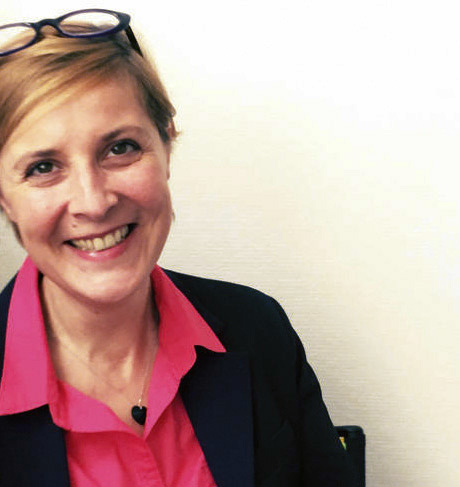“As Notre-Dame de Paris is readying to rise from the ashes, it was imperative for the MPP [Médiathèque du Patrimoine et de la photographie – Ed.] to showcase, at least in part, its extensive collection, preserved in stewardship for the Historical Mon...



